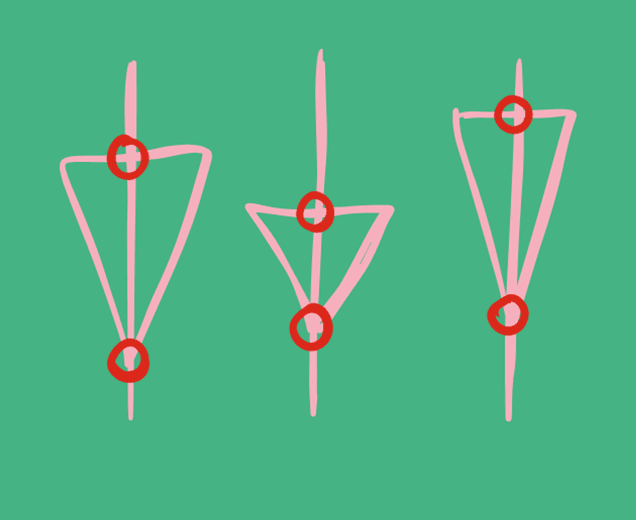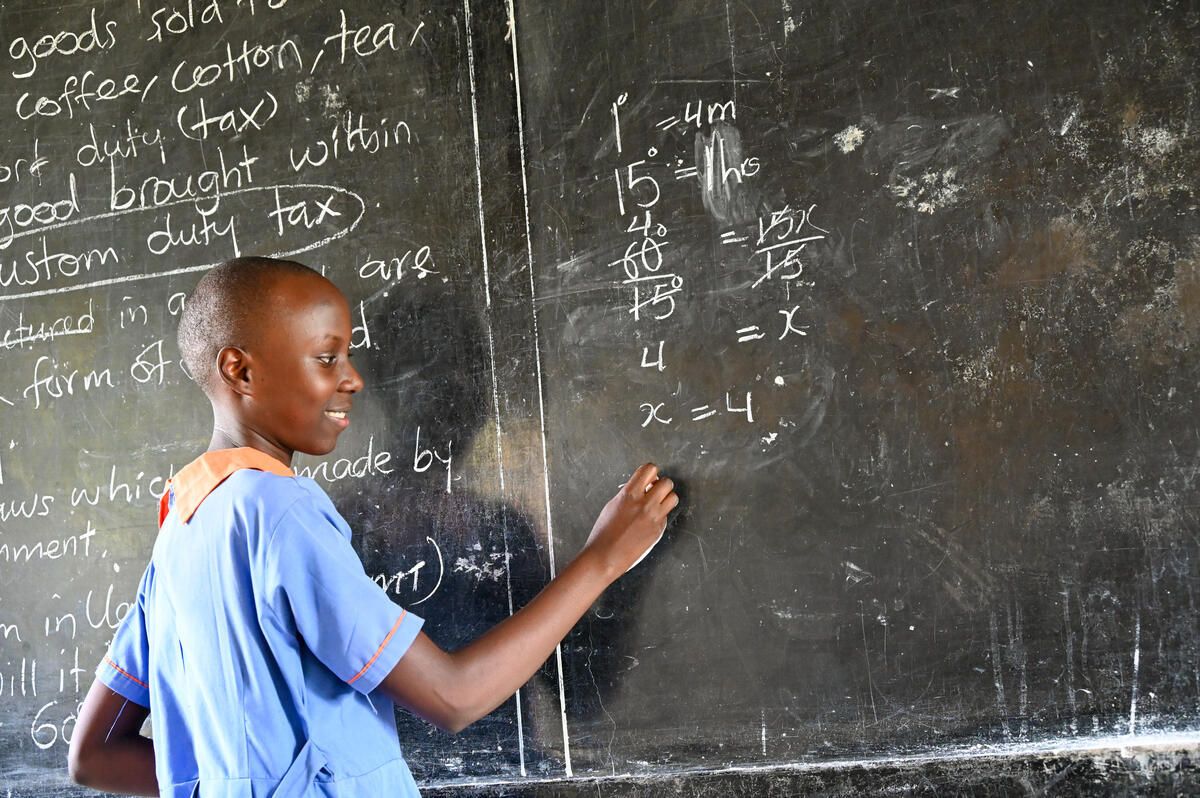
Count Every Child: The Data behind the Child Atlas
The Child Atlas brings together data from many different sources, providing a one-stop-shop for exploring the different situations of children on issues such as poverty, education and the climate crisis. In this post, we want to provide a brief overview of the main global databases that are commonly used as sources for such statistics, and the advantages and limitations of each of these different sources.
Utilizing Global Databases to explore child outcomes
Most of the data you find in the Child Atlas comes from a variety of global databases, often organised by the UN or other multilateral organisations, academics, or civil society. Using such global databases has several advantages: indicators and data are harmonised and therefore comparable from one country to another (for example, we can compare child marriage rates in Nigeria with those in Bangladesh and know that we are measuring the same thing). This data is often analysed and processed by international institutions (for example, we rely heavily on data from UNICEF, the World Bank, WHO and UNESCO), with datasets often being updated once a year. This provides an important quality check, as these organisations put a lot of work into verifying the data and ensuring that it is comparable and reliable. This process is also an integral part of reporting on the Sustainable Development Goals (SDGs), as many of the indicators relevant to us are part of the SDG indicator framework.
However, there are also drawbacks to using global databases: often, these only include national level averages and don’t provide breakdowns by different demographics (gender, location, socio-economic status etc.). Also, some countries may use different databases and information when discussing certain issues at the national level. So it's always worth checking whether the data is the most relevant for your particular use. You will find the main source of information just below each visualisation. You can also check the footnotes below the graphs for the exact source of each data point.
Administrative data and household surveys as the backbone of global databases
But where do the data in these global databases originally come from? There are two main sources of information: administrative data and surveys. Administrative data is data collected by governments for the purposes of enrolment in certain programmes, transactions and record keeping (statistical use is often a by-product rather than the main reason for collecting this data). Examples include data held by government on people receiving some kind of benefit (e.g. pensions, social assistance), vital records such as reported births and deaths, and information on taxation or public expenditure. This data is then often reported to international organisations according to statistical standards and agreements (for example, governments report school enrolment data to UNESCO through their education information systems). In addition, every ten years most countries conduct a census, providing some key information about basic characteristics of a countries’ population, including children.
The second source of data are surveys: those are representative surveys which are meant to collect information about a certain group by drawing a “statistically representative sample” (i.e. a subgroup, which helps us to understand what is happening for the whole population). We are particularly interested in household surveys as those contain vital data to properly understand the wellbeing of children and families. Those surveys vary from country to country, often asking questions about health status of family members, education, marriages, receipt of social benefits, consumption and income, and many, many other information.
Across low- and middle-income countries, there are two surveys which are of particular interest for us, as they contain many of the data we care about for children: Demographic and Health Surveys (DHS) and Multi-Indicator Cluster Surveys (MICS). Both are greatly harmonised, so variables are often comparable from one country to another, as well as across years. Of particular interest to us is the ability to understand inequalities in children's outcomes: using microdata (an anonymous dataset where each row is a child or household included in the survey), we can compare outcomes by different groups: boys and girls, rich and poor, rural and urban, etc. However, collecting data through surveys is extensive and requires a lot of effort: this means that these surveys are often conducted only every few years, and even less frequently in the most fragile settings.
New data horizons
There are many other data sources that can contain relevant information on child well-being, many of which are just emerging on the data landscape: think of phone surveys (shorter surveys that can be conducted much more quickly than traditional household surveys and were widely used during COVID-19 or in fragile contexts), big data (e.g. anonymised data on credit card transactions), or geospatial information (machine learning models that estimate well-being using satellite imagery, commuting patterns, remote sensing, etc.). These new sources of data are very exciting and hold great promise for addressing the shortcomings of administrative and survey data, particularly in providing a more granular and real-time picture of the situation of children and families (more traditional sources of data are quite aggregated - at national or sub-national level - and often have a significant time lag).
But it's important to remember that these in turn build on more traditional data sources, such as administrative data and surveys. Machine learning models, for example, need to be trained using 'ground truth' data such as a household survey (as we did when developing micro-estimates of child poverty in sub-Saharan Africa). Telephone surveys often use previous household surveys or censuses to ensure that they draw a representative sample.
Uncounted and invisible
The availability of data has increased exponentially in recent decades, enabling us to understand children's lives much better than would have been the case 20 years ago. However, certain aspects (and certain groups of children) remain invisible to us. As you may have noticed while browsing through the Child Atlas, many data sets cover most countries in the world, but often provide only a national average: meaningful disaggregation of the data (how a particular child outcome or service provided varies between different groups of children or regions) is often lacking.
The pledge to Leave No One Behind – an integral part of the SDGs – requires us to understand how indicators differ for different groups of children. While global and national statistics can be helpful in showing overall progress, they mask persistent, underlying inequalities and much slower rates of improvement for the hardest to reach or most marginalised populations. In different contexts and for different issues, the dimensions of disaggregation may be slightly different, but in almost all cases a national estimate alone won't tell us what we need to know.
Finally, some children are not counted at all: the world's poorest and most vulnerable people are disproportionately represented among the groups missed by household surveys, a significant proportion of whom are children. These 'invisible' groups of children include children living on the streets or in orphanages, and children in detention or prison. So little is known about these groups that even estimates of their size are uncertain.
Better data for better lives
The Child Atlas draws on this wide range of data and sources: some are globally comparable authorities on specific indicators (e.g. UNICEF/WHO/World Bank on child mortality or UNESCO on education), others are valuable data sources compiled by civil society organisations and academics (e.g. CIVICUS ratings on civic space or Transparency International's Corruption Perception Index). Many of those sources get updated automatically in the Child Atlas, so you will always be able to see the most recent data available.
There are great data visualisations or platforms that are great tools to dive deep into a particular issue. But sometimes you need to bring together different child outcomes, link them to data on risks and crises, and public policy decisions. We hope the Child Atlas will help you do just that. Most importantly, all our data is properly sourced - general sources are listed just below the graphs, and footnotes with the exact source for each data point always give you a clear idea of where the data comes from. And if you have any concerns or questions, please contact us.
Related stories

Who benefits from public spending? New evidence on pro-poor investments
Financing & Accountability (FA)
2025-04-07

Nightlights and shocks: Understanding disaster recovery pathways using night light data
Crisis & Insecurity (CI)
2025-04-03